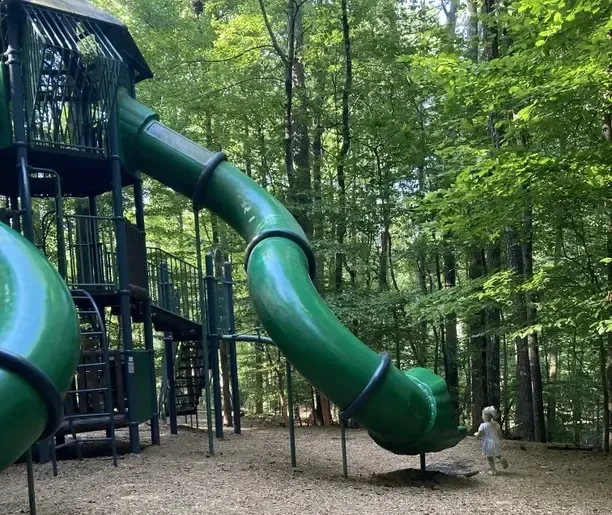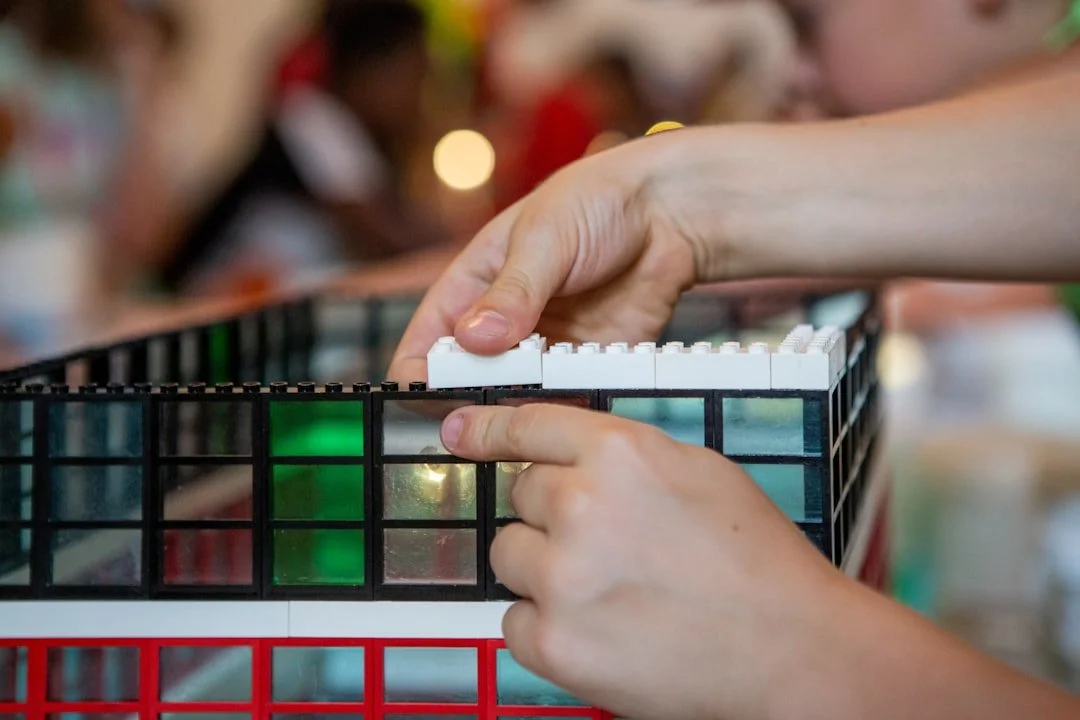I’ve been thinking about adversity and agency.
Our first grandchild was born in 2005 in San Francisco and once a month for ten years we took the Friday 1:05 pm Southwest flight from Burbank which landed in Oakland at 2:15 pm. From there we rode BART for thirty minutes to the Mission District and walked a mile along 24th Street to their home a block from San Francisco General Hospital, where his parents worked as physicians. I spent Jesse’s first year holding him, hiding with him in his teepee in the living room (I barely fit), taking him for walks in his stroller, coaxing him to use the slide at a variety of nearby parks and playgrounds and, best of all, lying next to him rubbing his back as he fell asleep.
BECOME A FREE SUBSCRIBER TO I’VE BEEN THINKING
After he learned to walk, he’d stand three feet from his toy-basket leaning on a chair, point to the basket where the ball was that he wanted, and garble his request: Ba! Ba! I’d translate: You want the red ball? to which he’d nod his Yes. Then I’d say, Jesse can do it, Jesse can do it, to which I got a louder plea, Ba! Ba! Once more: Jesse can do it. He let go of the chair, toddled to the basket, grabbed the ball and showed it to me, smiling. I made the point once more, nodding and smiling: Yes, Jesse can do it! I did this so often that occasionally his parents and his grandmother would tease me when he wasn’t present: a sarcastic Jesse can do it, shaking their giggling heads at my routine. But I stuck with my plan: I decided I would not do anything for Jesse he could do for himself.
Adverse Childhood Experiences are prevalent throughout our culture but are more acute for poor and working-class kids. They face more physical and emotional abuse, food insecurity, challenging educational structures, undetected and too often untreated disabilities, and covert and sometimes overt bigotry.
My therapy clientele is mostly upper-middle-class and wealthy, so I’ve come at this problem of childhood adversity from a different perspective than if I were dealing with the poor. I was aware of the first inklings in the mid-1990s of what became known as helicopter parenting. Moms and dads were often highly educated and experienced in managing careers and volunteer agencies. As parents, they exercised these skills with their children. If their child had a problem, they took parental pride in knowing the solution and providing it. If their child stumbled, rather than encouraging them to get up and brush it off they’d often pick them up, hug them as they whimpered more from frustration than pain, set them down gently, and let them continue playing.
As these children aged, their parents intervened with school problems. Often, rather than dealing with their child’s poor study habits or learning difficulties, they’d indict the teacher or other kids in the class, or the new way the school was teaching math. As a consequence, later on when their troubles deepened into sexual or drug experiments, these kids lacked the capacity to solve their own problems.
Overly attentive and problem-solving parents have done these young people a disservice by helping them escape responsibility for themselves. When they fall in any way, they look around for someone to blame or someone to pick them up. They haven’t learned that the first place to turn when you need help is to yourself, to a confidence in your strength you have learned you can trust. They lack the language of I can do it and the inner logic that says whether I created this problem, it’s mine to solve.
Kids are not responsible for their safety in our culture’s cruel circumstances. They need adults to intervene, to help them escape abuse and neglect, hunger and poor schools, to find them safe places to grow up in. But in the ordinary and universal hindrances that are predictable adverse childhood experiences, kids need to develop their own inner resources so they can resolve these situations for themselves. It’s the only successful preparation for the complexities and uncertainties that come with being an adult.
This inner confidence is what we call agency, which isn’t just for picking up balls or doing your homework. It means you take responsibility for yourself as you deal with the adverse conditions everyone faces. One sign of the lack of agency is a lack of emotional self-regulation, something I encounter daily, not only with kids but with too many emotionally out-of-control adults. I wanted my grandson to learn to navigate not just adversities, but the sometimes-difficult emotions that come along with those challenges. I wanted him to learn to manage his emotions so his emotions wouldn’t manage him.
I remember one early Saturday Becky and I were alone for the morning with three-year-old Jesse. We’d already watched an hour of Phineas and Ferb and Shaun Sheep, his go-to morning cartoons, then walked three blocks to Saint Francis’ soda fountain for hot chocolate and pancakes. Now we were back in the den, Becky and I on the couch, Jesse on the floor with Legos.
He got frustrated with trying to connect tiny Logo pieces, made angry guttural noises, then flung a handful of pieces across the room and started crying. To comfort him I said, “It’s okay, Jesse,” which instead of calming him only increased the volume of his crying. “I want to talk about how sad you are,” I said, “but I can’t do that until you stop crying.” Louder, of course, and again a second time when I repeated the invitation.
Finally, I said again, “We can talk when you stop crying and come sit on my lap.” He ran his tiny hand over streaks from tears on his pink cheeks, sniffled until he stopped crying, crawled up on my lap and laid his head on my chest.
“It’s hard to fit those Lego pieces and it’s okay to get really mad when you can’t,” I said. “But it’s better after a few minutes to stop crying and go back to your Legos. I’m glad you stopped crying.”
He nodded without speaking, I kissed his forehead, hugged him, and he crawled back to his Legos.





